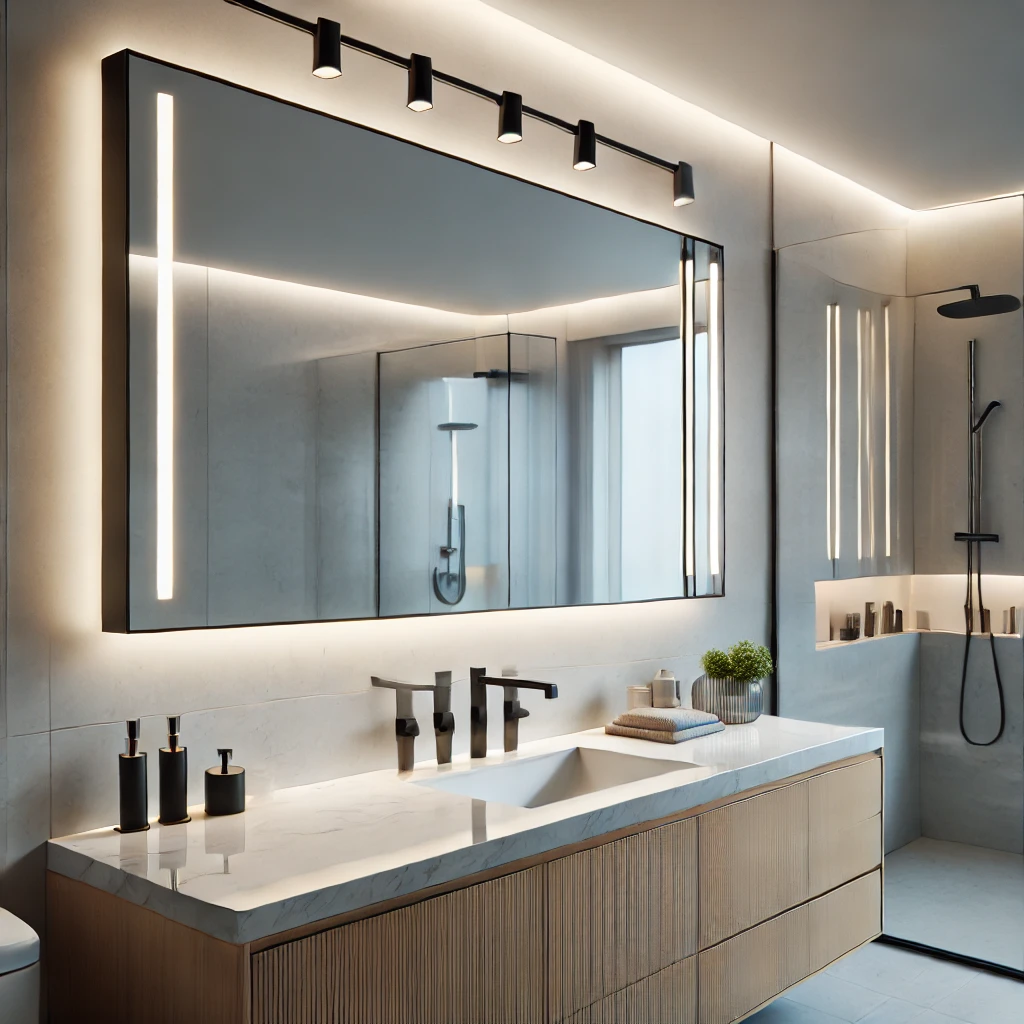A cozy reading nook is more than just a place to read; it’s a sanctuary where one can unwind, relax, and immerse in a good book. Designing a reading nook in the family room not only enhances the functionality of the space but also adds a touch of personal charm. Whether dealing with a spacious area or a small corner, creating a nook that is both inviting and personal is entirely achievable.
Introduction
In today’s fast-paced world, finding a quiet corner to escape into a good book is a luxury. A well-designed reading nook offers that escape within the home, providing a serene space for relaxation. This guide will walk through the steps of crafting a cozy reading nook in the family room, from choosing the perfect spot to adding the final touches that make the space uniquely personal.
1. Choosing the Perfect Spot
The first step in creating a cozy reading nook is selecting the ideal spot. Look for a quiet area in the family room, away from the main traffic flow. If possible, select a spot near a window to take advantage of natural light, enhancing the reading experience.
Pros:
- Natural Light: Natural light is ideal for reading, reducing eye strain and enhancing mood. A window seat offers both light and a view.
- Quietness: A peaceful corner away from distractions allows for uninterrupted reading time.
Cons:
- Limited Space: In smaller family rooms, finding an adequate spot for a reading nook may require creativity and compromise.
- Potential Distractions: Being in the family room may subject one to noise and activity, which can interrupt reading.
Example: Imagine a corner of the family room bathed in soft sunlight, with a comfortable chair tucked beside a large window. This spot not only offers a quiet retreat but also utilizes natural light, creating an inviting space for a reading nook.

2. Selecting Comfortable Seating
Comfortable seating is essential for a cozy reading nook. Consider a plush armchair, chaise lounge, or window seat with soft cushions. The key is to choose seating that supports long reading sessions while also complementing the family room’s decor.
Pros:
- Comfort: A well-chosen chair or lounge provides the support needed for extended reading sessions, enhancing the overall experience.
- Style: The right seating can also elevate the aesthetic appeal of the reading nook, adding to the room’s overall decor.
Cons:
- Space Requirement: Larger seating options may require more space, posing a challenge in smaller family rooms.
- Cost: High-quality seating that offers both comfort and style can be an investment.
Example: A cozy armchair with a high back and deep seat, paired with a soft throw blanket and a couple of accent pillows, invites one to sit and read while also adding a stylish focal point to the family room.

3. Incorporating Proper Lighting
Proper lighting is crucial for any reading nook. If the nook is near a window, natural light is ideal during the day. For evening reading, a floor lamp or table lamp with adjustable brightness is perfect. A reading lamp with a warm glow can further enhance the cozy atmosphere.
Pros:
- Adjustable Lighting: Customizable brightness allows for different times of day, ensuring adequate light for reading without straining the eyes.
- Cozy Ambiance: Warm, adjustable lighting creates a comfortable and inviting atmosphere, ideal for reading.
Cons:
- Space Consumption: Floor lamps, particularly those with large bases, can occupy valuable space in smaller nooks.
- Electrical Outlet Dependence: The reading nook should be near an electrical outlet, or a stylish extension cord might be necessary.
Example: A sleek floor lamp with a dimmable bulb positioned next to the chair provides the perfect amount of light for evening reading. Pairing it with a small table lamp adds a layered lighting effect that enhances the nook’s cozy feel.

4. Adding Personal Touches
Personal touches make a reading nook uniquely one’s own. Consider adding a small bookshelf filled with favorite reads, a piece of artwork that inspires, or a family photo that brings a smile. These elements personalize the space and make it more inviting.
Pros:
- Personalization: Adding items that reflect personal taste and interests makes the space feel more inviting.
- Aesthetic Appeal: Well-chosen decorative elements enhance the overall look of the nook.
Cons:
- Clutter Risk: Too many personal items can make the space feel cramped and cluttered, detracting from the cozy atmosphere.
- Maintenance: Decorative items may require regular upkeep to keep the space looking neat.
Example: A small side table with a stack of books, a scented candle, and a framed photo adds both function and charm to the reading nook, making it a space that truly feels personal.

5. Maximizing Space in Small Areas
If the family room is limited in size, there are still plenty of ways to create a reading nook. Wall-mounted shelves, corner seating, or even a built-in window bench can maximize the available space while still providing a comfortable reading area.
Pros:
- Space Efficiency: Small spaces can be transformed into functional reading nooks with creative furniture choices and layout designs.
- Customization: Smaller areas often lend themselves to more personalized and unique design solutions.
Cons:
- Limited Furniture Choices: Smaller spaces may limit options for seating and storage, requiring a balance between function and form.
- Potential Crowding: Overcrowding a small space with furniture and decor can make it feel less inviting.
Example: A corner of the family room with a built-in bench and wall-mounted shelves serves as a compact yet functional reading nook. Adding a few cushions and a throw blanket creates a cozy space that doesn’t take up much room.

6. Creating a Multifunctional Nook
A reading nook can serve multiple purposes, such as a workspace or relaxation corner. Adding a small desk or side table makes the space versatile, allowing it to be used for reading, working, or enjoying a cup of tea.
Pros:
- Versatility: A multifunctional nook serves various activities, increasing its utility.
- Functionality: Adding a desk or table makes the nook suitable for tasks beyond reading, such as writing or working on a laptop.
Cons:
- Design Complexity: Creating a multifunctional space requires careful planning to avoid clutter and maintain a cozy feel.
- Space Constraints: Limited space may make it challenging to include additional furniture without overcrowding the nook.
Example: A small desk with a comfortable chair serves as both a reading nook and home office. Adding a few decorative items like a vase of flowers or a stylish lamp keeps the space warm and inviting.
7. Bringing in Textures and Layers
Incorporating textures and layers into a reading nook adds depth and warmth to the space. Mixing different fabrics, such as a plush rug, cozy throws, and velvet cushions, creates a tactile experience that invites relaxation.
Pros:
- Visual Interest: Combining different textures adds richness and visual interest to the space, making it more inviting.
- Comfort: Soft textiles create a warm and cozy atmosphere, perfect for relaxation.
Cons:
- Maintenance: Some fabrics, such as velvet or wool, require more upkeep to maintain their appearance.
- Cost: High-quality textiles can be expensive, especially when using multiple layers and materials.
Example: A soft, chunky knit throw draped over a velvet armchair, combined with a plush area rug, creates a luxurious and inviting reading nook that feels like a warm embrace.

Following these steps, a cozy reading nook can be created in the family room that reflects personal style while providing a comfortable space to relax and unwind. From choosing the perfect spot to adding personal touches, each element contributes to a reading nook as functional as beautiful. Whether a seasoned reader or someone who enjoys the occasional book, a well-crafted reading nook is an investment in comfort and tranquillity.










